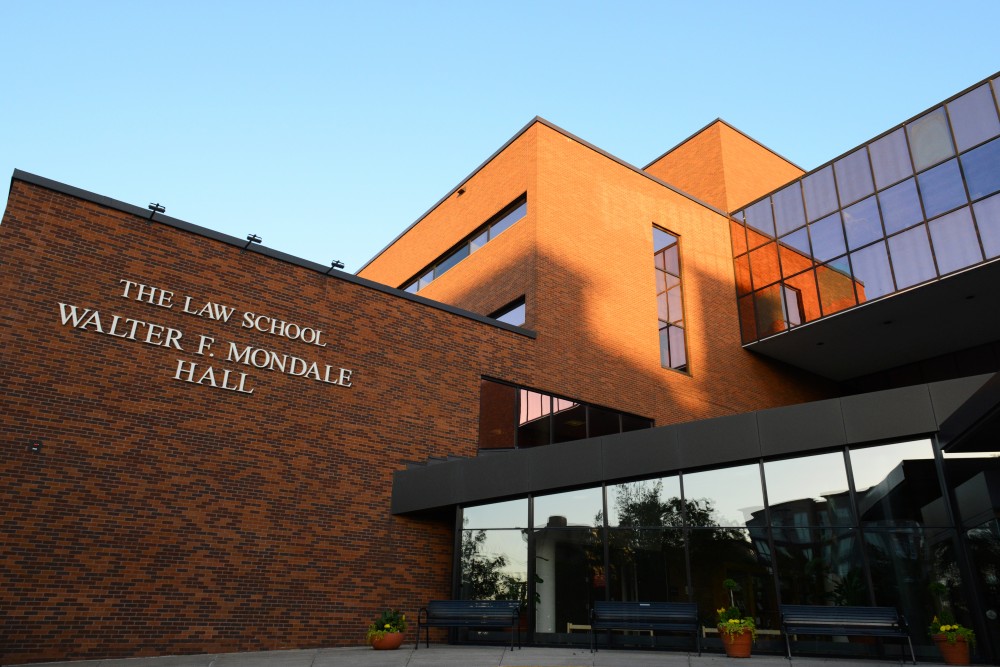Researchers at the University of Minnesota Law School published a neighborhood map Wednesday to illustrate the extent of gentrification in Minneapolis and other cities in the United States.
Gentrification is the process of restoring urban neighborhoods that bring an influx of higher income residents to these areas, causing displacement of lower income residents previously living in the area. Will Stancil, a researcher in the Law School’s Institute on Metropolitan Opportunity, said among common discussion about neighborhood change, gentrification is the trend most discussed.
Stancil questioned the extent to which gentrification was happening in the Twin Cities, inspiring him to start this neighborhood change project about nine months ago.
“It’s interesting because you don’t hear nearly as much about the low-income concentration issues as about … displacement [and] about gentrification,” Stancil said. “But it turns out that gentrification is a smaller issue.”
Stancil and his team created their map using census data from 2000 to 2016, which tracked changing census tracts across the United States. The most significant finding illustrated by the map was the intensity of the poverty concentration in older, first-tier northern suburbs of Minneapolis, Stancil said. These neighborhoods include Brooklyn Park, New Hope, Crystal, Brooklyn Center, Little Canada and Maplewood.
Census data indicated 36 million Americans live in census tracts that are getting poorer, while only 9.5 million are living in tracts that are becoming wealthier or gentrifying. A census tract is a geographic area with an average of 4,000 residents, the smallest unit researchers look at when studying neighborhood change trends, according to Eric Myott, another researcher on the project.
The interactive data map shows neighborhood change trends for cities across the country, allowing researchers to compare trends in Minneapolis to other cities, large and small. Stancil noted cities like Washington, D.C., New York and San Francisco are experiencing rampant gentrification.
The map also illustrates small portions of Minneapolis, such as Uptown, Northeast and Longfellow, that are seeing more low-income residents displaced as wealthier residents move in.
Low-income concentration affects the city’s tax base, further affecting living standards. Stancil cited issues in these poverty-concentrated areas, including poor schools, over-policing and under-funded city services.
In Detroit, a city with similar demographics to Minneapolis, there has been widespread neighborhood abandonment. Stancil said Detroit is an extreme example of the neighborhood change trajectory, which Minneapolis seems to be following.
Jeff Horwich, the director of policy and external affairs at the Minneapolis Public Housing Authority, said the study’s findings emphasized the crisis of rising rent prices across the city, which could be a contributing factor to metropolitan migration trends. The Minneapolis Public Housing Authority is a nonprofit organization that offers affordable housing and housing vouchers for low-income Minneapolis residents.
“What it really shows is that the primary concern for the cities ought to be, first, the suburban poverty and, second, the declining, segregating neighborhoods in Minneapolis and St. Paul,” Stancil said of the research.
















